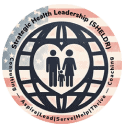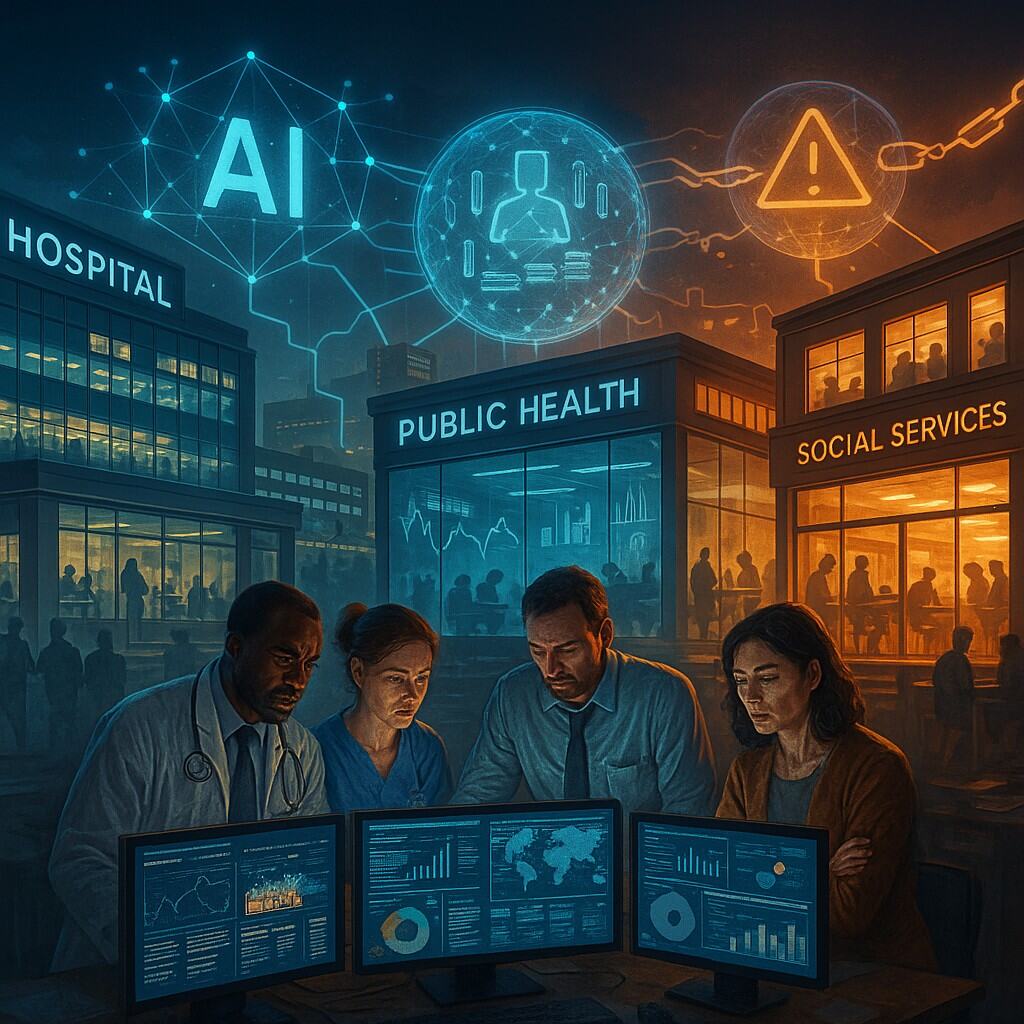Blip-Zip Executive Summary and Takeaways
Table of Contents
Healthcare is on the cusp of a revolution, fueled by the groundbreaking SHELDR-AI framework. This powerful combination of Strategic Health Leadership and Artificial Intelligence unlocks 5 hidden gems: predictive insights, hyper-personalized care, operational efficiency, and data-driven decision-making. Embrace SHELDR-AI and transform your healthcare organization from good to GREAT.

- SHELDR-AI predicts the future: Anticipate trends and proactively adapt with AI-powered insights.
- Personalize like never before: Tailor care to individual needs, boosting patient satisfaction and outcomes.
- Work smarter, not harder: Streamline operations with AI automation and boost team efficiency.
Introduction to Exploring the Possibilities of AI
AI models revolutionize cancer care with precision treatment insights
MIT and Dana-Farber Cancer Institute researchers used AI to transform cancer detection and treatment. Their OncoNPC model predicts the origin of complicated malignancies using machine learning, helping clinicians customize targeted therapy.
For some cancer patients, the cause of their disease is unknown, making treatment selection difficult. The researchers created a computational model that evaluates 400 genes to accurately determine where a tumor started in the body. OncoNPC could boost genomically guided, tailored treatment eligibility by 2.2-fold.
AI Strategy for Health Leadership (SHELDR-AI)
1. Integrate AI into Clinical Practice: Health executives must promote OncoNPC incorporation into clinical operations. AI experts and healthcare professionals should collaborate to achieve efficient implementation.
2. Improve Precision Medicine: AI-driven tools support precision medicine. Strategic executives must prioritize predictive models to help clinicians make individualized treatment decisions.
3. Address Implementation Challenges: Strategic leaders must build rigorous rules to protect patient data and ensure AI algorithm transparency to address data privacy and ethical concerns.
AI’s Implications
AI in cancer detection can help healthcare leaders improve patient care by enabling precise treatment strategies. Leaders can improve clinical decision-making, resource allocation, and patient outcomes with AI models.
Strategies for the Implementation of AI
1. Collaborative Partnerships: Bring clinicians, data scientists, and technologists together to effortlessly integrate AI models into clinical contexts.
2. Training Initiatives: Create comprehensive AI training programs for healthcare professionals.
3. Patient-Centric Approach: Use AI techniques to customize therapies and provide equal precision medicine access.
Leaders and Stakeholders Discussion Questions
1. How can healthcare professionals smoothly integrate AI models like OncoNPC into varied clinical environments?
2. How can patient data privacy and ethical AI use be protected when developing predictive cancer detection models?
3. How can healthcare organizations collaborate to deliver AI-driven precision treatments to all patient populations and reduce healthcare disparities?
The combination of AI and healthcare could change cancer care. AI models like OncoNPC can help healthcare professionals promote tailored treatments, improving patient outcomes and changing oncology.
Professional Development Activities
- Host a SHELDR-AI Brainstorming Session: Identify potential AI applications and develop an implementation roadmap.
- Participate in AI workshops and webinars: gain knowledge and learn best practices for ethical AI use in healthcare.
- Shadow AI specialists: Observe how AI is used in other healthcare settings and gather firsthand insights.
References
“The Future of Healthcare with AI” by McKinsey & Company (2020):https://www.mckinsey.com/industries/healthcare/our-insights/transforming-healthcare-with-ai“The Healthcare Foresight Toolkit: Futures Thinking Techniques for Health Leaders” by The Healthcare Foresight Center (2023): [https://www.foresightforhealth.org/] “Building the AI-Powered Healthcare System of the Future” by MIT Technology Review (2022):https://www.technologyreview.com/2023/04/21/1071921/ai-is-infiltrating-health-care-we-shouldnt-let-it-make-decisions/
About the Author
I am passionate about making health a national strategic imperative, transforming and integrating health and human services sectors to be more responsive, and leveraging the social drivers and determinants of health (SDOH) to create healthier, wealthier, and resilient individuals, families, and communities. I specialize in coaching managers and leaders on initial development, continuously improving, or sustaining their Strategic Health Leadership (SHELDR) competencies to thrive in an era to solve wicked health problems and artificial intelligence (AI).
Visit https://SHELDR.COM or contact me for more BLIP-ZIP SHELDR advice, coaching, and consulting. Check out my publications: Health Systems Thinking: A Primer and Systems Thinking for Health Organizations, Leadership, and Policy: Think Globally, Act Locally. You can follow his thoughts on LinkedIn and X Twitter: @Doug_Anderson57 and Flipboard E-Mag: Strategic Health Leadership (SHELDR)
Disclosure and Disclaimer: Douglas E. Anderson have no relevant financial relationships with commercial interests to disclose. The author’s opinions are his own and do not represent an official position of any organization including those he consulted. Any publications, commercial products or services mentioned in his publications are for recommendations only and do not indicate an endorsement. All non-disclosure agreements (NDA) apply.
References: All references or citations will be provided upon request. Not responsible for broken or outdated links, however, report broken links to [email protected]
Copyright: Strategic Health Leadership (SHELDR) ©




